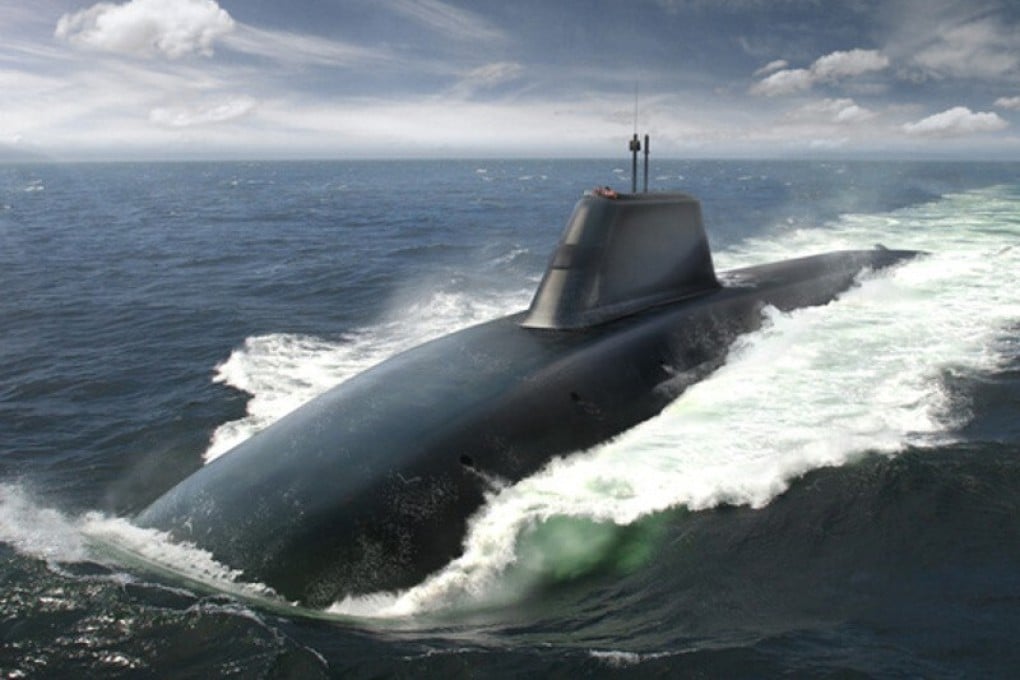How the UK is modernising its navy with Dreadnought submarines, frigates and aircraft carriers
- UK planning boost to naval fleet with 13 new frigates and four ballistic missile submarines
- Aircraft carrier HMS Queen Elizabeth returning home after strike group deployment in Indo-Pacific

The UK Royal Navy is undergoing its biggest revamp in a generation. But its new First Sea Lord Vice-Admiral Sir Ben Key will have his work cut out as the country aims to boost its sea power.
Key took the helm of the 30,000-sailor Royal Navy last month, after overseeing the UK’s evacuation effort in Afghanistan in the aftermath of the Taliban’s quick military victory over Kabul’s government in August.
New additions to the fleet include five Type 31 frigates, eight Type 26 “submarine hunters” and a four Dreadnought class ballistic submarines, named after the famous World War 1 battleship. One will be called HMS Dreadnought and the others will be named King George VI, Valiant and Warspite.
These come in addition to two new aircraft carriers, HMS Queen Elizabeth, the Royal Navy’s largest warship, and HMS Prince of Wales.
The groundwork for the fleet’s modernisation had been laid by Key’s predecessor Admiral Tony Radakin, who is to become the next chief of the defence staff.
Radakin had pushed hard to speed up procurement procedures and harness the use of artificial intelligence in defence systems. This came amid the recent overhaul of the UK’s defence policy.
But with the Dreadnought project not due for delivery until the 2030s, and the frigates still being built, new security challenges, along with post-Brexit global ambitions, could still see the Royal Navy spread too thin.